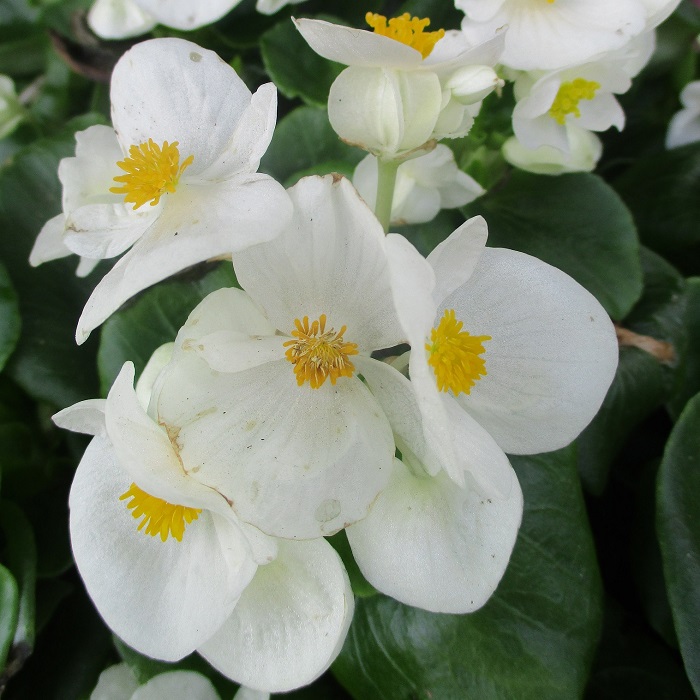UNITED STATES—Simply put, ‘nomenclature’ is how things get named. It is not exactly like naming a child or a dog, or even a new small country in the South Pacific. There is a certain technique to it that is more like naming cars. Well, it ‘was’ like naming cars, a long time ago when cars had simple names rather than numbers and letters. Coincidentally, nomenclature of plants is getting to be just as confusing.
Plants and other biological organisms are assigned Latin names, which for plants, are also known as botanical names. These names are universal, for everyone, everywhere in the world. Almost all plants also have common names that are more or less regional. That is why what is known as Norway maple here is known as sycamore in England, but both are Acer platanoides everywhere.
The first part of a Latin name designates the ‘genus,’ which is the more ‘general’ of the two parts of the name (genus = general). For example, all true maples, including those that are known as sycamores in England, are within the same genus of ‘Acer.’ Genus names are like ‘Buick,’ ‘Oldsmobile’ and ‘Pontiac’ for cars. They distinguish a general group, but are no more specific than that.
The second part of a Latin name designates the ‘species’ which is the more ‘specific’ of the two parts of the name (species = specific). For example, within the genus off Acer, the Norway maple is designated as Acer platanoides. Species names are like ‘Electra,’ ‘Riviera’ and ‘Skylark’ for cars. They designate specific cars within the big general group that is collectively known as ‘Buick.’
There are of course more general and more specific classifications as well. Just as Buick, Olsmobile and Pontiac are within the group known as General Motors, the genus of Acer is within the family known as Sapindaceae along with Aesculus (horse chestnut) and Litchi (Lychee). ‘Schwedleri’ is a cultivar (cultivated variety) of Acer platanoides, just as some Buick Electra are ‘Limited.’
Incidentally, rules of proper nomenclature dictate that Latin names are italicized, and that the genus name is capitalized, while the species name is not.
Highlight: wax begonia
Oh, how breeding complicates things. Many years ago, there were only six basic types of wax begonia, Begonia semperflorens-cultorum, with three choices for floral color, and two choices for foliar color. Bloom was white, pink or red. Foliage was either green or dark bronze. Although these choices have not changed, some modern hybrids are difficult to distinguish from other species.
Wax begonia can be either a cool season annual or a warm season annual, depending on when it gets planted. It can be grown as a short term perennial if pruned back in both early spring and early autumn. By spring, winter growth is tired of the cold. By autumn, summer growth is worn out from warmth. Exposed plants can get lethally frosted in winter or roasted by sunlight in summer.
Therefore, wax begonia prefers to be somewhat sheltered. It is more tolerant of full sun exposure in summer if mixed with other annuals or perennials. Too much shade compromises bloom. Wax begonia expects richly amended soil and regular watering, and is just as happy in pots as other annuals are. Potted plants can be moved to sheltered spots when the weather gets too hot or cold.
Horticulturist Tony Tomeo can be contacted at tonytomeo.com.






